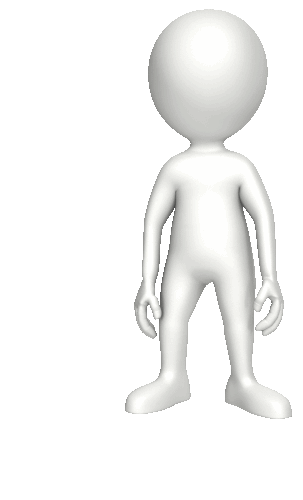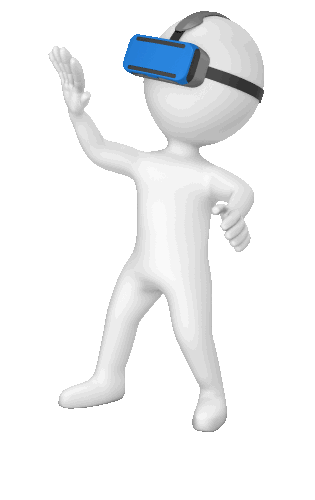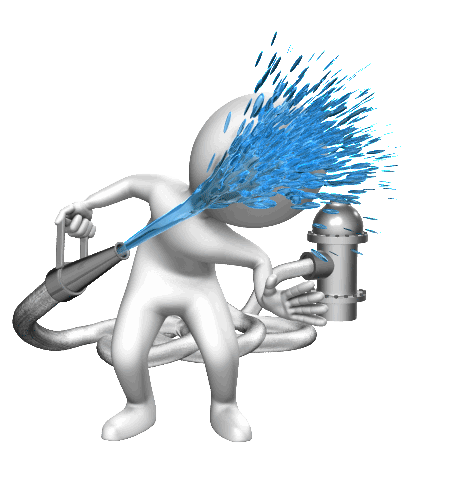Optimal sensory Arousal for Reading, wRiting, aRithmetic and Socialization

















Auditory


Sound in the environment is typically processed in a manner that make sense to the student; however, in cases of auditory sensory dysregulation, auditory sensations may be confused with other sensations or misinterpreted. Students may be over or under responsive to sounds around them as a result, the fight, flight, or freeze response can be triggered in some students and situations.
Behavior Manifestations
-
Student may not appear to hear you
-
To stay focused, the student may hum. Sometimes loudly.
-
Auditory instructions are difficult to comprehend and remember.
-
Group work is difficult.
-
Adverse to noise or unexpected sounds

Tactile
The student's sense of touch is overly sensitive or conversely, they may crave more touch sensations to feel a sense of regulation.
Behavior Manifestations
-
Student may respond adversely to touch.
-
Student may pull at their clothing as if it is itchy.
-
Walking barefoot may be uncomfortable.
-
Doesn't like messy play or unique textures.
-
Opposed to wet textures like lotion, sanitizer, etc.
-
Student may need to touch everything.
-
Student may rub people, objects, and surfaces repeatedly.
Visual
Behavior Manifestations

Incoming visual information is often perceived or processed incorrectly, as a result, it cannot be distinguished or integrated with other sensory information. Instead of clarifying their learning experiences, visual input becomes distracting and interferes with learning.
-
May have difficulty copying from the board.
-
Student may reverse letters or numbers or confuse similar words
-
Student may have poor reading comprehension.
-
Letters, numbers or words may be difficult to retain in memory.
-
May have difficulty with spelling.
-
Exhibits messy handwriting.
-
Difficulty telling time; therefore, the concept of time may be elusive.
Olfactory
Behavior Manifestations

A student with olfactory processing disorder will have a hard time distinguishing smells to determine their origin. The student may be averse to specific smells and avoid settings that are strong with aromas. In cases where the student is sensory seeking the student may tend to sniff everything and everybody.
-
A student that is over-responsive to smells will have a strong reaction to odors. The student may refuse to eat certain foods or even be in a room where certain foods are served. The student may decide whether they like or dislike a new person, object, or place based on smell.
-
The student that is under-responsive to smells, doesn’t notice drastic changes in smell. The student may habitually smell objects or people in the classroom.
Oral (Gustatory)

Gustatory refers to taste. Gustatory sensors are located on our tongues and are linked to our olfactory senses (smell). Sweet, sour, bitter, salty and spicy flavors are processed through our gustatory senses.
Oral is indicating a link with tactile and proprioceptive. Textures and pressure in the mouth.
Behavior Manifestations
-
Over-responsive students may gag on food or refuse to eat, especially specific textures. This may result in delayed eating milestones (the child may be able to tolerate liquids and purees but have trouble with chewable foods, or vice versa). They may be averse to tooth brushing or strong flavors.
-
Under-responsive students will lick or chew objects frequently (clothing, hands, toys, pencils, and items they find.
Proprioceptive

Proprioception lets us know our body’s position in space, even when our eyes are closed. The receptors for proprioception are located in our skin, muscles, and joints. When students have proprioceptive dysregulation, their behaviors are often associated with social or behavioral issues (pushing, stomping, rough housing, etc.)
Behavior Manifestations
•Bumping or crashing into things or other people.
•Kicking while sitting or foot stomping when walking.
•Desiring to be wrapped or hugged very tightly.
•Using too much force to write or erase.
•Playing too rough with other children or pets.
Vestibular

As the head moves, the fluid in the middle and inner ear shifts, giving us feedback about where we are in space.
This sense tells us when we are off balance and in danger of falling.
•The vestibular system makes our body aware of the need to make adjustments to maintain balance.
Behavior Manifestations
•Frequent motion sickness or dizziness
•Clumsiness or frequent falling
•Moving with extreme caution
•Impulsive, risk-taking behavior
•Rocking, spinning or frequent head tilting

Interoception
The sense of internal processes in the body:
hunger, thirst, fullness, nausea, heart rate, breathing, body temperature, arousal, and the need to use the bathroom.
There is a connection between these sensations and our emotions. Nausea = Dread or Fear
Behavior Manifestations
•Toilet training can be difficult
•Excessive requests to visit the school nurse
•Nutritional deficits
•Lack of emotional regulation due to misreading of sensations